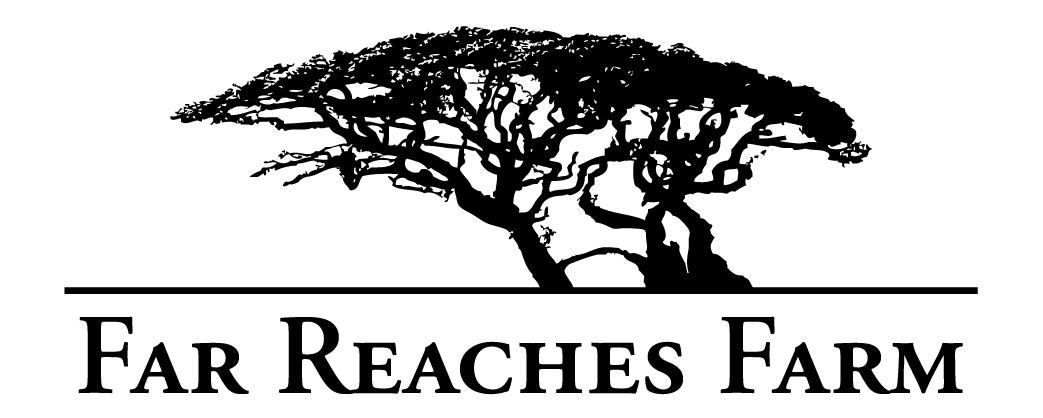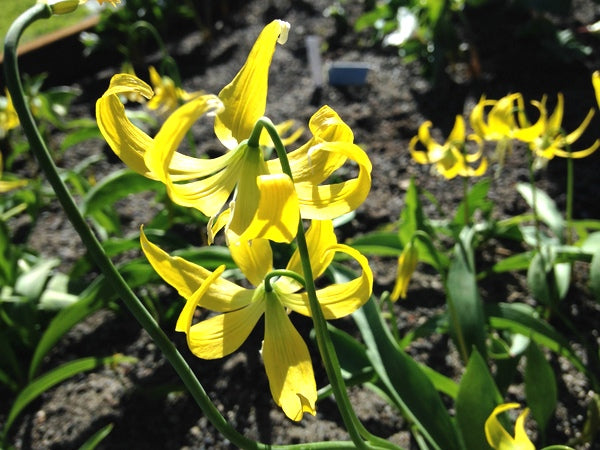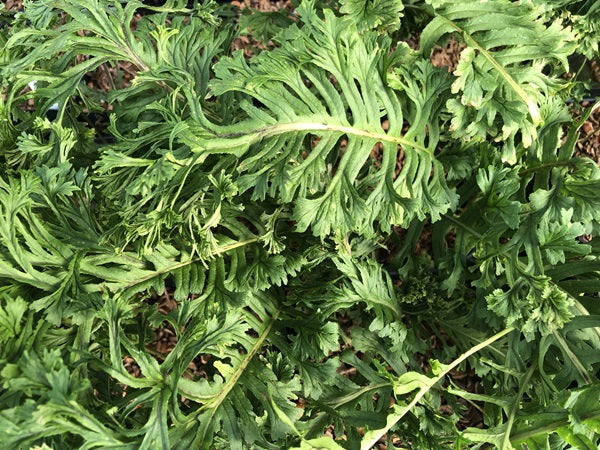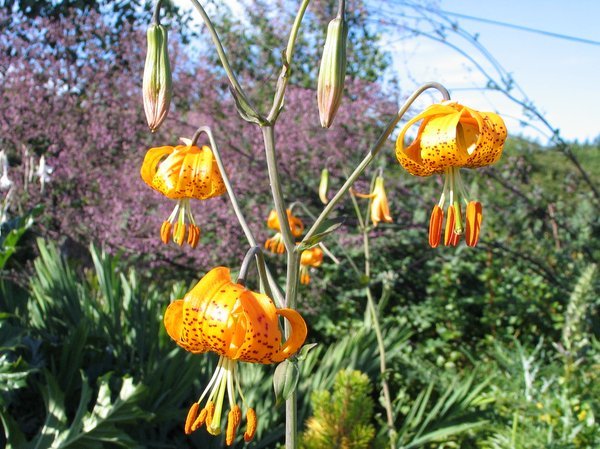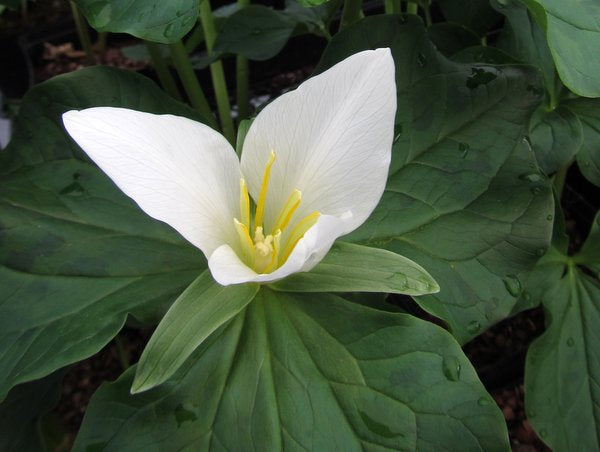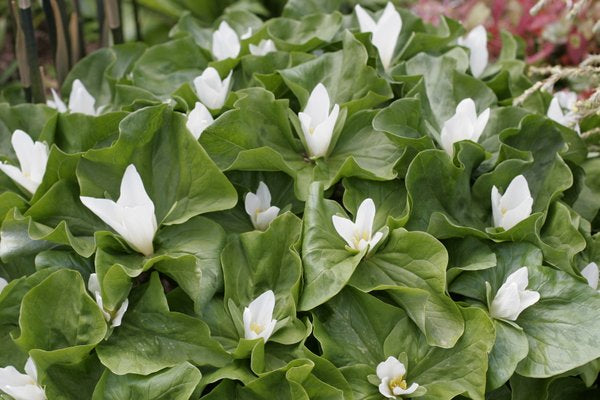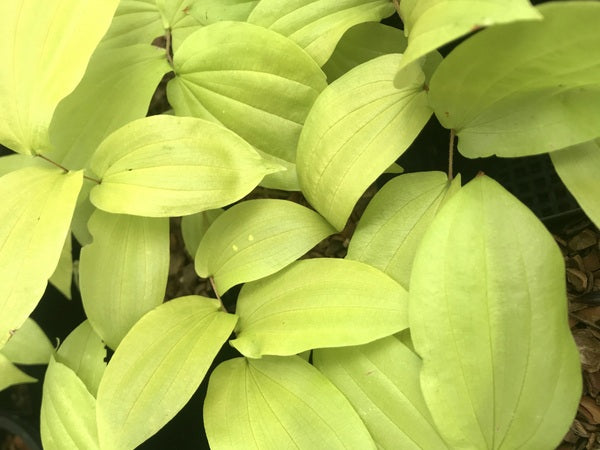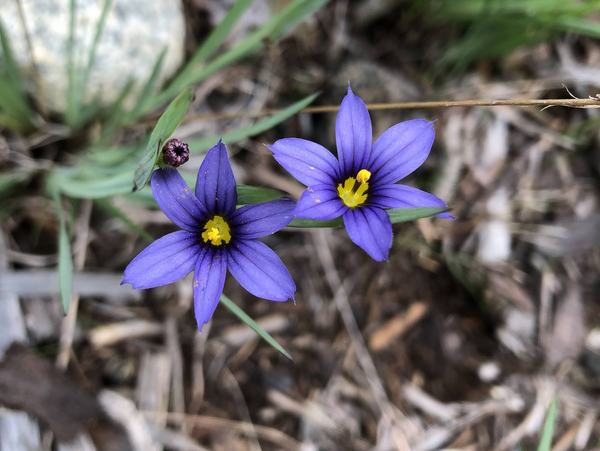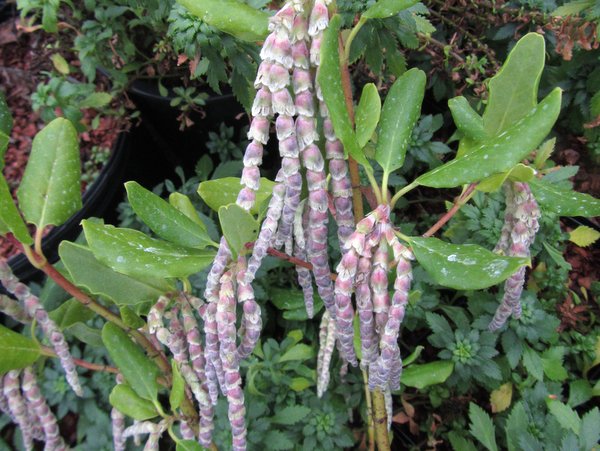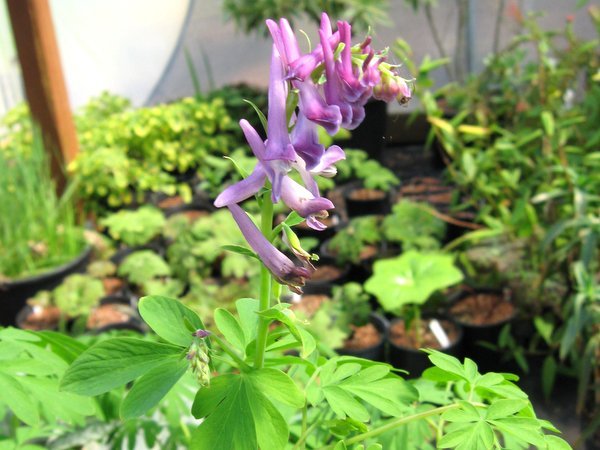Sort by:
62 products
62 products
A plant of many names, 'Grandiceps', 'Grandiceps Group', 'Diane' here we have opted for crediting the original selector of this strongly crested form of our native licorice fern, Lawrence Crocker cofounder of Siskiyou Rare Plant Nursery and resident fern man. The edges and end of the fronds are highly curled and rippling ready to lend a flamboyant touch of crashing evergreen waves to the boulder or log of your choosing.
This is the Award of Garden Merit form of the species which has a superior presentation in its fronds which are blessed with a long terminal pinnae. And really, who doesn't want a long terminal pinnae? The typical species is a familiar sight growing on the trunks of our native Bigleaf Maples here in western Washington but this form is rare.
